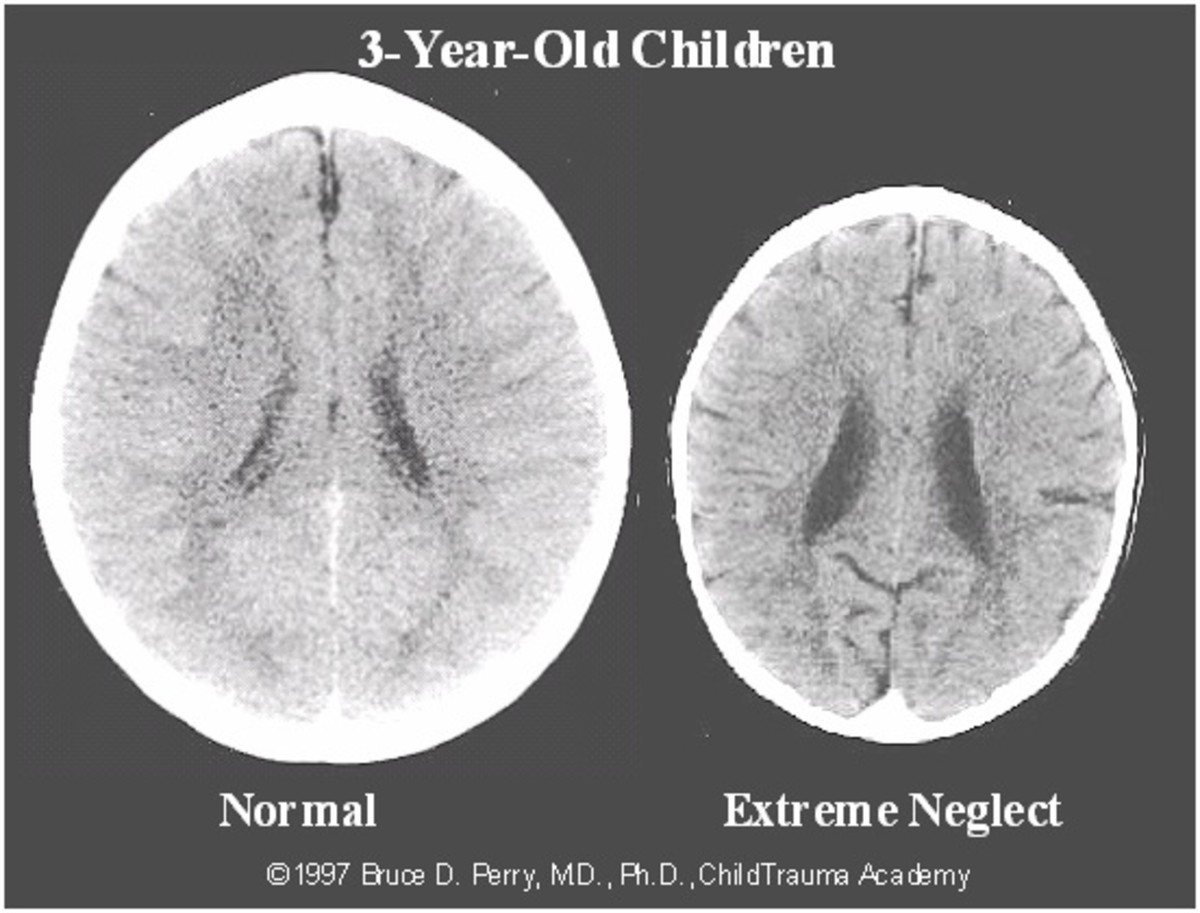Fearing for Our Children

There was a time in America when parents could allow their children to play virtually unattended in their yard or walk to school. That tranquil atmosphere no longer exists today. Fear of stalkers has taken its’ place. Parents now walk their children to bus stops and wait until they are safely aboard the school bus.
Media coverage of children at risk of being attacked is broadcast daily sending families into panic. Actual statistics concerning the number of stalkers is not known, but some studies indicate it to be 5 percent. Most offenders of children are male, although female offenders are thought to account for only a small fraction of that total.
However, these figures are believed to be much higher. All one has to do is look at the number of missing children and online predators to ascertain the statics have to be higher.
These predators usually fantasize about children 13 or younger. Their acts frequently progress to more serious actions. They come from all walks of life and have no common socio-economic background.
Typical they mistakenly believe their victims enjoy the experience. And contrary to popular belief, some do have compassion for their victims and even experience guilt for their actions. When discovered, a common excuse is their target was “coming on to them."
Many use the Internet extensively. It provides a safe, disembodied and nameless experience. Children in cyberspace are simply mere representations…nothing more than photos.
Accuse Their Victims
Those committing these offensive acts frequently accuse their victims of acting promiscuously and even of being lured into it. But this obviously isn’t the case. Body language is often misinterpreted and fails to adjust to a child’s age and maturity.
In one case, decades ago, a 12 year old boy was kidnapped by human traffickers. His photo was discovered on a Russian website. In the photo he was bound a gagged. To this day he remains missing. It is believed he is living in seclusion.
Studies indicate many perpetrators were abused during their childhood. But there are conflicting arguments concerning this theory.
Characteristics of these individuals aren’t readily apparent. But, a few similar traits seem to emerge when cases are analyzed. An unusual interest in children is commonly displayed. Their hobbies and interests can include collecting items revolving around children such as model cars, trains, airplanes, etc.
Other typical traits are, they are usually single and have few, if any, friends in their age group. They frequently seek employment where their job involves them being around children. Such employment would be jobs like school teachers, athletic coaches, bus drivers or photographers. They may also volunteer in child related community events.
Offenders often consider child victims to be their best friend and may even believe they are in love with the child. But, there are other ways they get close to children. Enticing victims bye-mail, giving , doing errands for them or forming relationships with parents, friends and teachers. They then become a trusted friend.
Exact causes of what causes people to behave in such ways are still being researched. But, what has become evident is childhood and adolescent personality problems may play an integral role. Some evidence suggests there may be a genetic factor or learned behavior.
However, the situation isn’t viewed the same in some societies. In some cultures, such as Afghanistan, the age of consent is as low as 12. The marriageable age in Britain until the turn of the century was 10. It is also a common, socially accepted practice in certain tribal societies and isolated communities.
Some cognitive behavioral therapies show mixed results in stemming the tide. Also some success has been shown with certain medications which reduce male hormone levels. However, even with treatment the disorder is hard to cure and relapses occur
It has also been suggested, not proven, at least 1/5th of our population has suffered, at least temporarily with inappropriate thoughts at one time or another. The amount of child pornography on the internet and number of child prostitutes only furthers that claim.
Some “experts” claim children represent the essence of innocence and trust, qualities they want to recapture.






